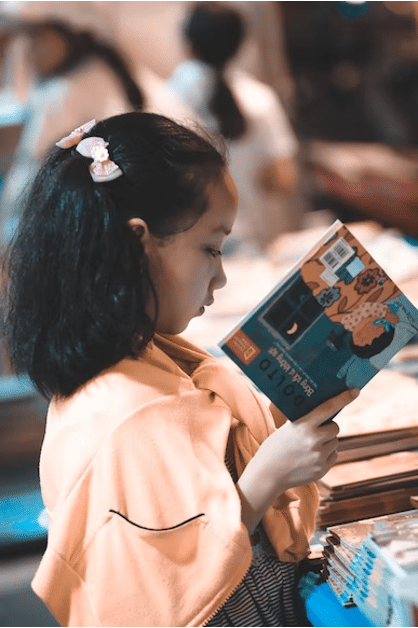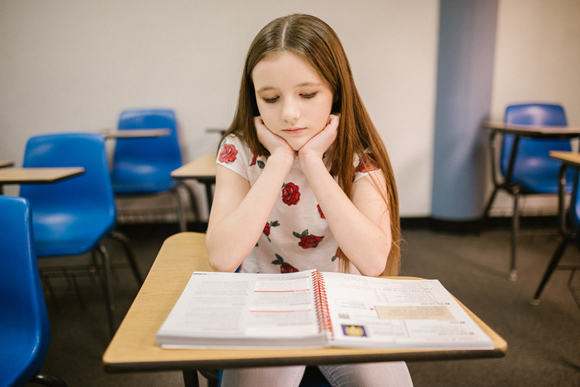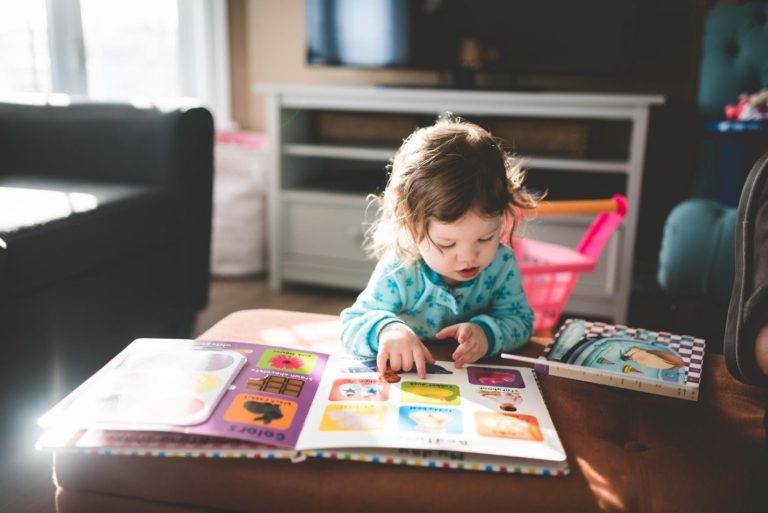Learning to Read for Older Students
In discussions about struggling readers, we often talk about “early intervention.” But when students fall behind early -- and interventions begin too late -- these readers continue to struggle well beyond elementary school.
What can parents, educators, and schools do to support the older struggling reader? Across the world, this question is increasingly urgent: in the U.S. alone, nearly 130 million adults read below a sixth-grade level.
Literacy is a key determinant of long-term success in several spheres, including academic success, earning potential, and both physical and emotional well-being. Even for struggling older readers, there is hope to regain the skills and confidence necessary for reading success.
Read on for the latest information on learning to read for older students, common causes of literacy lags, and three strategies to excite and encourage older readers.

The COVID-19 Pandemic: A Recipe For Struggling Older Readers
After months of virtual instruction during the COVID-19 pandemic, educators reported significant reading struggles among their older students. Many students never received adequate instruction in phonics, which involves explicitly and systematically teaching students how letters represent sounds. As a result, many students now enter higher grades with significant gaps in their reading abilities.
These gaps widened during the pandemic, although research indicates that struggling readers have struggled for decades, and often for the same reasons -- many of which originate in inadequate phonics instruction. When older readers cannot read effectively at the word level, they inevitably face challenges with overall comprehension.
Ultimately, this complicates the belief that U.S. students simply “learn to read” in K-3, in the words of Education Week. Expectedly, older students cannot “read to learn” if they lack the skills to decode more basic words -- let alone, comprehend entire storylines. These issues are compounded by the events of the past few years, as well as an overall lack of opportunities or encouragement to read -- which, over time, means that students never develop the reading fluency skills to build their comprehension.

Reading Interventions for Older Struggling Students
In the wake of a pandemic, what can supportive adults do to help older readers recover essential reading skills? While the answer partially depends on the student and the curriculum, literacy experts have identified several research-based strategies to rebuild the foundation for lifelong reading.
1. Use Graphic Organizers
A graphic organizer is an invaluable teaching tool for educators of older students. These organizers allow students to visually depict relationships between facts, concepts, and ideas. Teachers and students can use graphic organizers to break complicated texts into simpler chunks, using pictures, smaller sentences, and diagrams to communicate the major themes.
Graphic organizers are ideal for struggling older readers, students with learning disabilities, and any student who identifies as a visual thinker and learner.

Example of a storyboard, a type of graphic organizer. Image Source: Wondershare
2. Introduce Small Group Phonics Instruction
Working in small groups allows teachers to provide as much explicit instruction as necessary -- which is particularly relevant for phonics instruction.
For older readers, experts recommend focusing on two areas of phonics instruction: multisyllabic word reading and structural analysis. Don’t be alarmed by these big terms: they mask simple concepts that produce confident, competent readers.
- Multisyllabic decoding is a reading strategy that teaches students how to read and spell words with multiple syllables. Readers learn to break words into syllables and identify the vowel patterns in each syllable to read the word.
- Structural analysis is similar, but instead of breaking words into syllables, students focus on specific word parts, like prefixes, stems, and suffixes.
Just like any other phonics method, both of these reading strategies should be taught through direct and explicit instruction.
To support students’ progress, teachers or parents can make the common syllabic vowel patterns visible on posters or sticky notes throughout the classroom or at home. Readers can reference the patterns while decoding and blending syllables -- and eventually, they’ll be able to decode on their own, without these visual supports.
3. Meet Students Where They Are
Not every student comes from a home with access to books, educational games, or family members who have the capacity to read with their children at home. In view of this reality, teachers are encouraged to meet students where they are in their educational journeys, using the available science to design lessons that honor the needs of older struggling readers.
In addition to phonological awareness and decoding, literacy experts also emphasize the importance of vocabulary and writing skills for older readers. Teachers and parents can engage these students in conversations about popular media, literature, and current events, which often require the use of more complex words. Writing about these conversations can greatly enhance comprehension, as well as the memorization and application of new vocabulary.
Learning to read for older students is a winding journey -- but with the right strategies, constant encouragement, and the power of phonics, it’s a deeply rewarding one.

Take-Aways:
- In the U.S. and other countries, thousands of older students struggle with basic reading skills: a longstanding concern that was exacerbated by virtual instruction during the pandemic.
- Inadequate phonics instruction is a common denominator among many struggling older readers.
- To help older students restore foundational reading skills, parents and educators can utilize the following strategies:
- Graphic organizers
- Small groups phonics instruction
- Personalized instruction to meet each student’s history and needs, with an emphasis on vocabulary and writing
Start Teaching Reading for Free Now!
Access Level 1’s four interactive stories and the accompanying supplemental resources to teach elementary students how to read. No credit card is needed. Join the 42,635 teachers and students using our reading program.




